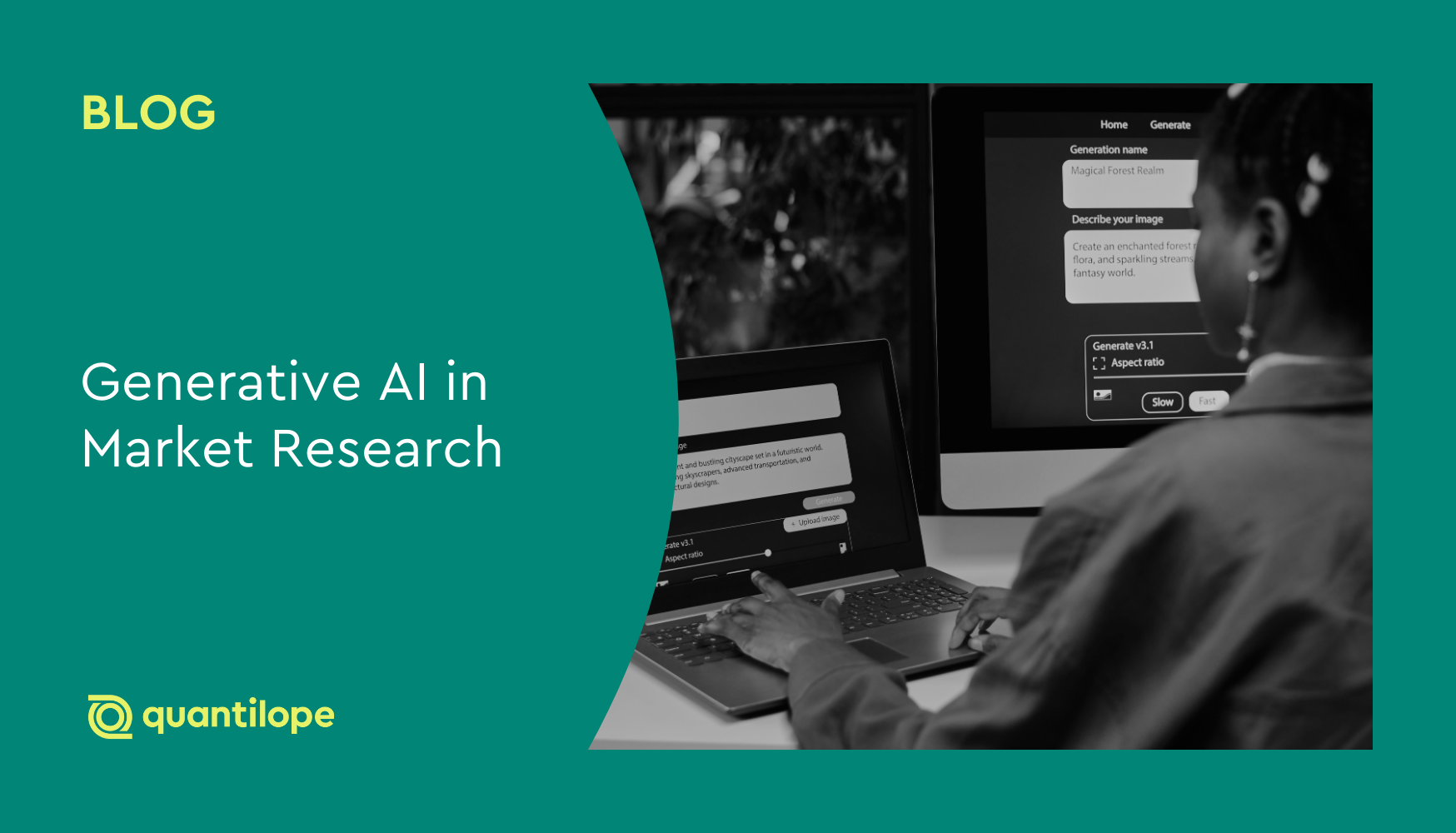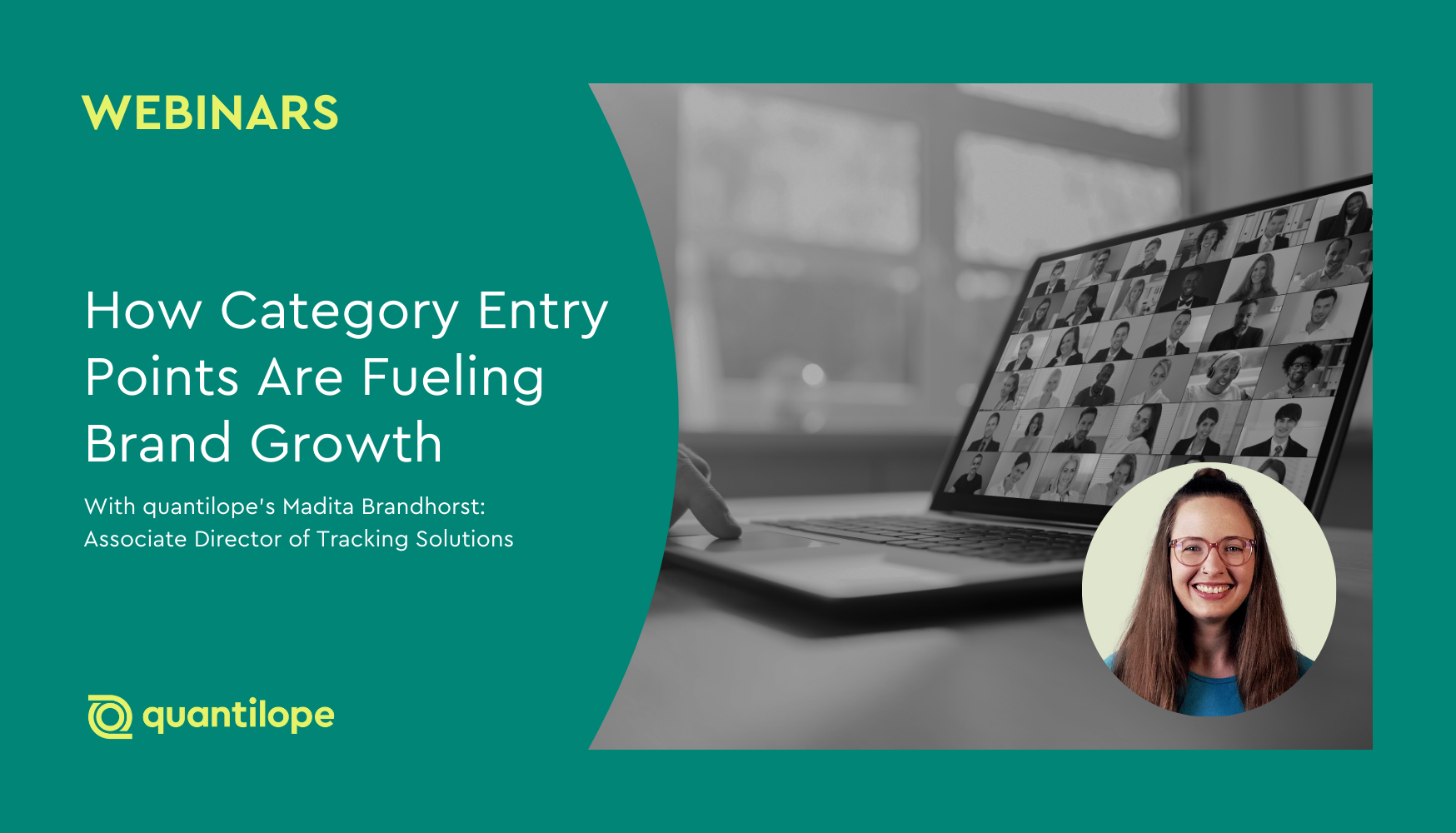Industries are growing and evolving faster than ever before. Whether it’s an industry’s product/service offering, the layouts of stores, e-commerce strategies, or updated brand positioning, industry landscapes are moving at a necessary rate to keep up with the needs of consumers.
If brands don’t move along with these changing industry landscapes to successfully align with consumer behavior, they can quickly fall behind. To closely understand the current industry trends and stay relevant, brands can lean on market research tracking solutions. In this guide, we cover why it’s important to track industry trends and how to go about doing so.
Table of Contents:
- Why track industry trends?
- How to track an industry's market trends
- How to build your industry research tracker
- Uncovering consumer insights using an industry tracker
- Getting started with industry tracking research
Why track industry trends?
It’s no secret that consumers’ preferences and expectations change quickly. Brands today are expected to be more than just the products they sell - they need to have an identity and persona that resonate with consumer expectations.
Tracking market trends within your industry allows you to understand these consumer expectations and incorporate them into your own portfolio. Whether it’s tweaking your existing products, tailoring new products, or optimizing your marketing and communications, tracking data over a period of time will help your brand stay ahead of the curve rather than being forced to catch up. Not to mention, tracking industry trends can also be beneficial in managing your supply chain - knowing whether or not current products are worth continued investment or if consumers have shifted their preferences to something new.
How to track an industry’s market trends
Not long ago, market research agencies were the go-to source for tracking research. These traditional agencies, while capable of tracking trends over time, cost brands a lot of money, and can take weeks for one wave’s results. Traditional tracking studies also have the stereotype of being rather rigid - unable to customize questions once the study goes live.
The good news is that tracking metrics is much easier today than it was in years past. Brands now have options when it comes to tracking market trends; they can opt to leverage traditional market research firms or they can explore data tracking software. Research platform tracking solutions, equipped with automated software, enable brands to get a real-time pulse on how they’re performing across their industry, how they measure up against competitors, and where they should be moving next. Many automated market research tools also have built-in advanced methodologies that take tracking metrics to a more complex level - such as measuring MaxDiff preferences over time or monitoring audience groups through segmentation.
Whether you work in retail, tech, or healthcare, tracking consumer insights in your industry is made possible through a variety of market research tools - be it a traditional market research agency or an automated market research software tool.
How to build your industry research tracker
Once you’ve determined that an industry tracker is the right approach for your brand, there are some initial market research steps your team should take.
Define your objectives
Start by defining what exactly your learning objectives are. Do you want to find out which brands in your industry/category are most preferred? Do you want to see what users of your brand like and dislike about your products? Do you want to see if your competitors have a higher Net Promoter Score (NPS) than you? These are all common objectives for a tracking solution and should fuel the rest of your tracker’s design.
Build your tracking survey
Teams can leverage either a market research agency or a platform tool to put their research tracker together. Regardless, your questionnaire will need to include questions that address your main objectives and are actionable for your business. Start with screening questions (which ensure you are speaking to the right consumers) and then move on to include dedicated questions that answer each of your learning objectives. This could include sections such as a brand funnel, brand imagery or perceptions, brand deep dives, etc. Lastly, you’ll also want to include demographic questions to be able to cut the data by particular groups of interest, such as ethnicity or age groups. Tracking studies are rich in data metrics, so being able to review the data closely through the lenses of each consumer group is a major benefit to doing this kind of research.
Define your target audience
Asking the right questions is only meaningful if they’re asked of the right people. Most industry trackers keep their general audience fairly wide, looking for category users within a recent timeframe (which can vary by category), but also include non-screening questions to help brands drill down into further engagement levels such as frequent category users or brand loyalists.
Make sure that whatever target audience you settle on, it’s an audience that will provide actionable insights for your learning objectives. It’s also best practice to keep this target audience consistent throughout your entire tracking study for comparable results.
Collect and review your industry tracking data
While going through the process to collect data, ensure that your sample is high quality. Work with a panel partner that is proactive in making sure their panel is comprised of vetted, high-quality respondents, but don’t leave it entirely up to them.
Keep an eye out for respondents that are completing the survey way too quickly or way too slowly, and make sure people aren’t just selecting the same scale point at rating matrix questions (known as straight-lining). Also take a read through your open-end feedback for quality; are people typing in responses that don't align with the question being asked, or entering gibberish text strings?
If people are fitting into any of these data quality flags, you have the right to remove them from your data set and replace them with new respondents that are completing your survey thoughtfully. Keeping poor-quality respondents in your data set can add a level of inconsistency to your data, and you wouldn’t want this inconsistency to impact the actions your team ends up taking based on your findings.
Uncovering consumer insights using an industry tracker
Once all of the above steps are done, you’re ready to dive into your data set! Your industry tracking metrics can be shared with key stakeholders, used to build an interactive dashboard or report, and leveraged in strategic business conversations.
Depending on your cadence of tracking (quarterly or bi-annually are two common tracking options), you can continually refer back to these tracking metrics for data-backed decision-making. Data around competitors, brand funnels, imagery, perceptions, etc., can all be used to help solidify your understanding of the industry around you, or paired with other primary or secondary data sources to paint a holistic representation.
Of course, the final step is putting these findings into action. Whether that’s optimizing individual products or revamping your entire brand strategy, tracking solutions help brands maintain a competitive edge within their industry - to act, rather than react.
Back to Table of Contents
Getting started with industry tracking research
quantilope is an end-to-end consumer intelligence platform that allows users to fully manage all of their tracking data in one place. quantilope’s tracking solution specializes in customizable survey design, real-time insights, and automated reporting, allowing users to answer their key business questions quickly and at a more budget-friendly price than working with a traditional market research agency.
Get in touch to start building your automated tracking research project for actionable consumer insights!


.png)
